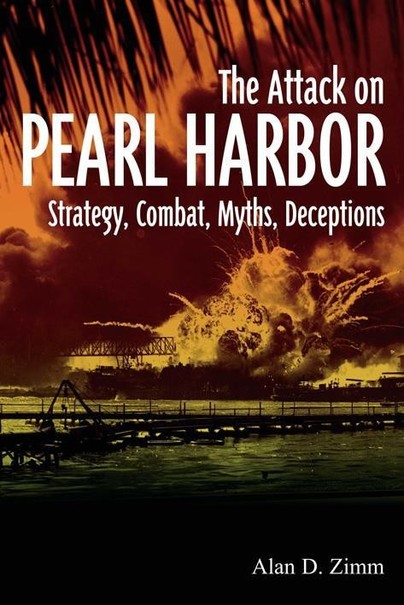
Format: Paperback
Pages: 464
ISBN: 9781612001975
Pub Date: September 2013
Imprint: Casemate Publishers
Illustrations: 16-pg photo section
Price:
£19.99
This book will be reprinted and your order will be released in due course.
Description:
The attack on Pearl Harbor on 7 December, 1941, has been portrayed by historians as a dazzling success, “brilliantly conceived and meticulously planned”. With most historians concentrating on command errors and the story of participants’ experiences, this book presents a detailed evaluation of the Japanese attack on Pearl Harbor on an operational and tactical level.It examines such questions as: Was the strategy underlying the attack sound? Were there flaws in planning or execution? How did Japanese military culture influence the planning? How risky was the attack? What did the Japanese expect to achieve, balanced against what they did achieve? What might have been the results if the attack had not benefited from the mistakes of the American commanders? The book also addresses the body of folklore about the attack, supporting or challenging many contentious issues such as the skill level of the Japanese aircrew, whether midget submarines torpedoed Oklahoma and Arizona, as has been recently claimed, whether the Japanese ever really considered launching a third wave attack, and what the consequences might have been. In addition, the analysis has detected for the first time a body of deceptions that a prominent Japanese participant in the attack placed into the historical record, most likely to conceal his blunders and enhance his reputation. The centrepiece of the book is an analysis using modern Operations Research methods and computer simulations, as well as combat models developed between 1922 and 1946 at the U.S. Naval War College. The analysis puts a new light on the strategy and tactics employed by Yamamoto to open the Pacific War, and a dramatically different appraisal of the effectiveness of the attack on Pearl Harbor.

